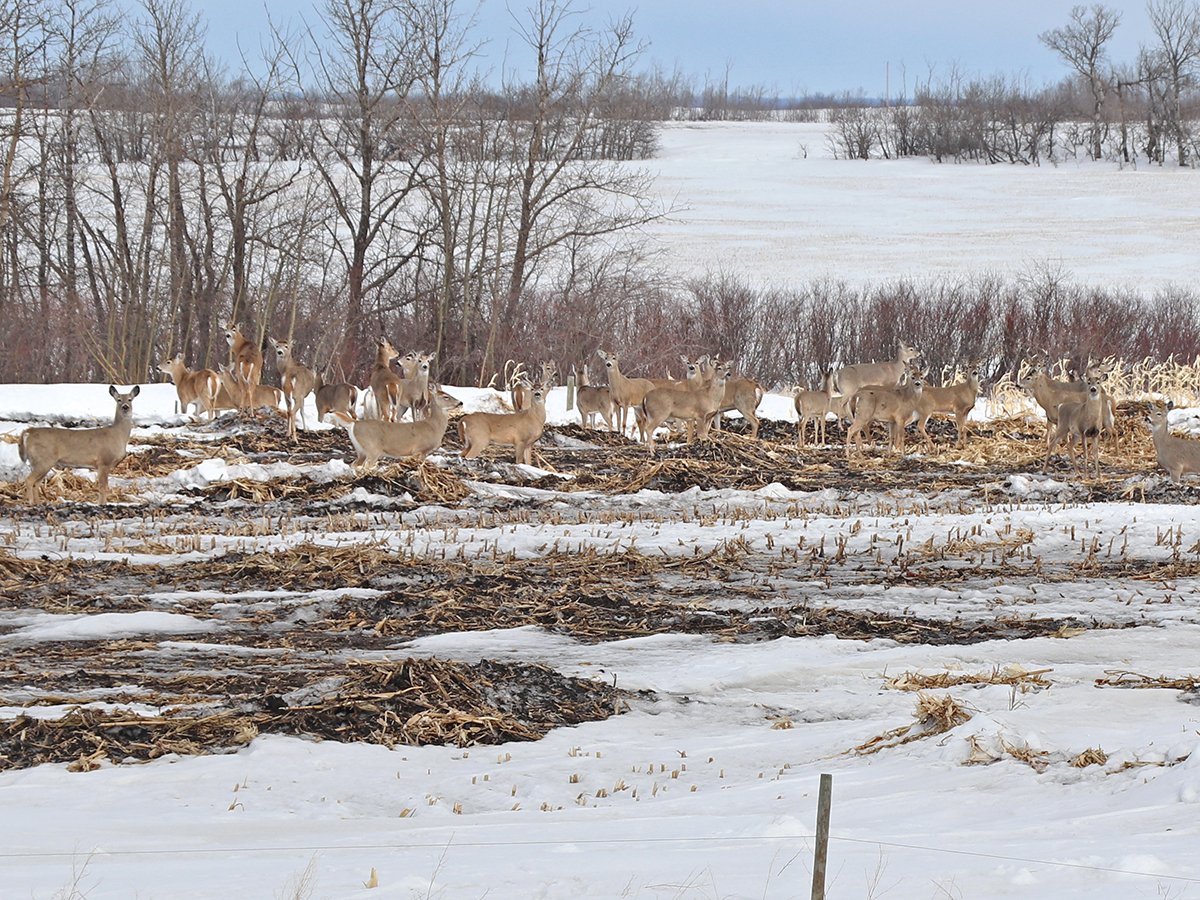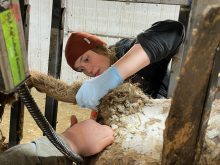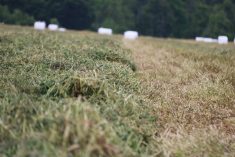An Alberta project hopes to determine how animal cells can be grown not only for meat, but also for fat and organs
The role of western Canadian farmers in a world where food could increasingly be grown from cell cultures created by scientists is something that everyone needs to think about more deeply, said an expert.
“To me at the end of the day, the Canadian Prairies are always going to feed the world,” said Isha Datar, executive director of New Harvest.
“And so, I don’t think the role of the farmer is going to disappear, but it may change.”
As a non-profit institute that supports public research into cultured meat, New Harvest is taking part in a project with the Alberta Machine Intelligence Institute (AMII). It is being supported by Schmidt Futures, which is a philanthropic initiative founded by American billionaire Eric Schmidt, former chief executive officer of Google, and his wife Wendy.
Read Also

Foot-and-mouth disease planning must account for wildlife
Our country’s classification as FMD-free by the World Organization for Animal Health has significant and important implications for accessing foreign markets.
Cell cultures are used to isolate cells taken from living tissue, allowing them to be grown under controlled conditions.
New Harvest will work with AMII to learn how artificial intelligence and machine learning could help accelerate the development of what she described as cellular agriculture. Datar, who was born in Saskatoon and raised in Edmonton, coined the term circa 2015.
“There was a lot of discussion of, ‘oh, what if we could make milk without cows, or vanilla without rainforest farming, or meat without animal fodder’ by producing all these products from cell cultures. But the fixation was very much on the product and not what is the type of biotechnology or the set of biotechnologies that would go into that.”
The partnership with AMII will primarily examine how to grow animal cells not only for meat, but also fat and organs, said Datar.
“And so, for us, especially for this project, we’re talking about how to grow a lot of animal cells in culture, and in order to do that, you have to be able to do it cheaply and you have to be able to grow a ton of cells and cultures, so there’s lot of different places where optimization could be instrumental.”
New Harvest is registered in the United States and the Netherlands as well as Canada, said Datar, who is based in Edmonton. Funding of the institute has included the FootPrint Coalition founded by actor Robert Downey, Jr., of Iron Man fame.
The first public presentation of the project’s work is slated for May 23-26 at the Upper Bound conference on artificial intelligence in Edmonton.
“So, that publication survey will be available for people to take and build upon and discuss and reflect, and really see what they want to move forward,” said Stephanie Enders, vice-president of product for AMII.
The second 12-month phase will involve cross-appointing a New Harvest Research Fellow to New Harvest and AMII to “tackle one of the most pressing challenges identified in the survey publication,” said a statement by the two institutes.
“Cellular agriculture is the production of animal products from cell cultures rather than from animal husbandry. With sufficient technological advancement, cellular agriculture has the potential to dramatically reduce the environmental and public health impacts of our food system.”
AMII joined the project because cellular agriculture was named one of the most promising ways to reduce food-related greenhouse gas emissions in the latest report of the United Nations’ Intergovernmental Panel on Climate Change, said Enders.
The UN Food and Agriculture Organization has also cited cultured meat as one of the five emerging food technologies that could help promote sustainability, she said.
Animal rights activists also see it as a way to provide meat without slaughtering animals.
“There are definitely a lot of hardcore animal activists in the cellular agriculture space that I tend not to agree with about most things,” said Datar.
“I think the world of cellular agriculture is one where the way that we produce food is diversified. I don’t see really a world where we’re getting rid of animals, especially because they actually have a role to play in sustainability.”
Livestock can be raised in places where crops can’t be grown and vice versa, said Datar. “And so, we need to think about cell ag as a ‘plus’ and an ‘and’ — and how do we build resilience into our food system by introducing novel ways and additional ways of producing food in addition to animal agriculture, not as a substitution per se.”
Alberta is a world leader in artificial intelligence, she said.
“We’re also a leader in terms of agriculture and meat production, and producing a lot of starting materials that are going to be relevant for the future of food.”
Datar said inputs such as sugar beets and pea starches from farming could be used as the raw materials for new value-added food products from cellular agriculture that could help the province diversify its economy. However, she said the clock is already ticking.
“I want (cellular) agriculture to happen in Canada, not to Canada, because the fact of the matter is these technologies are being pushed forward in other places in the world like Singapore, the Netherlands and Israel, and those are all countries that don’t have nearly as much land as Canada,” she said.
“And so, we may come to a point where we could have advanced cell ag within our own borders, or it is advanced somewhere else and they’re just buying resources from us. I see this as an incredible opportunity for us to become more than just the resource nation, but actually one that’s very focused on the value adding.”
She estimated that US$5 billion has been invested in cellular agriculture by about 150 companies around the world. “But they don’t really have a centre or a hub or an obvious place to be,” she said.
“They’re kind of small biotech startups and labs right now, but eventually, they’re going to have to build pilot plant facilities and buy a train full of sugar from somewhere, and I’d like Alberta to become an obvious place for that scale-up work to happen.”
















